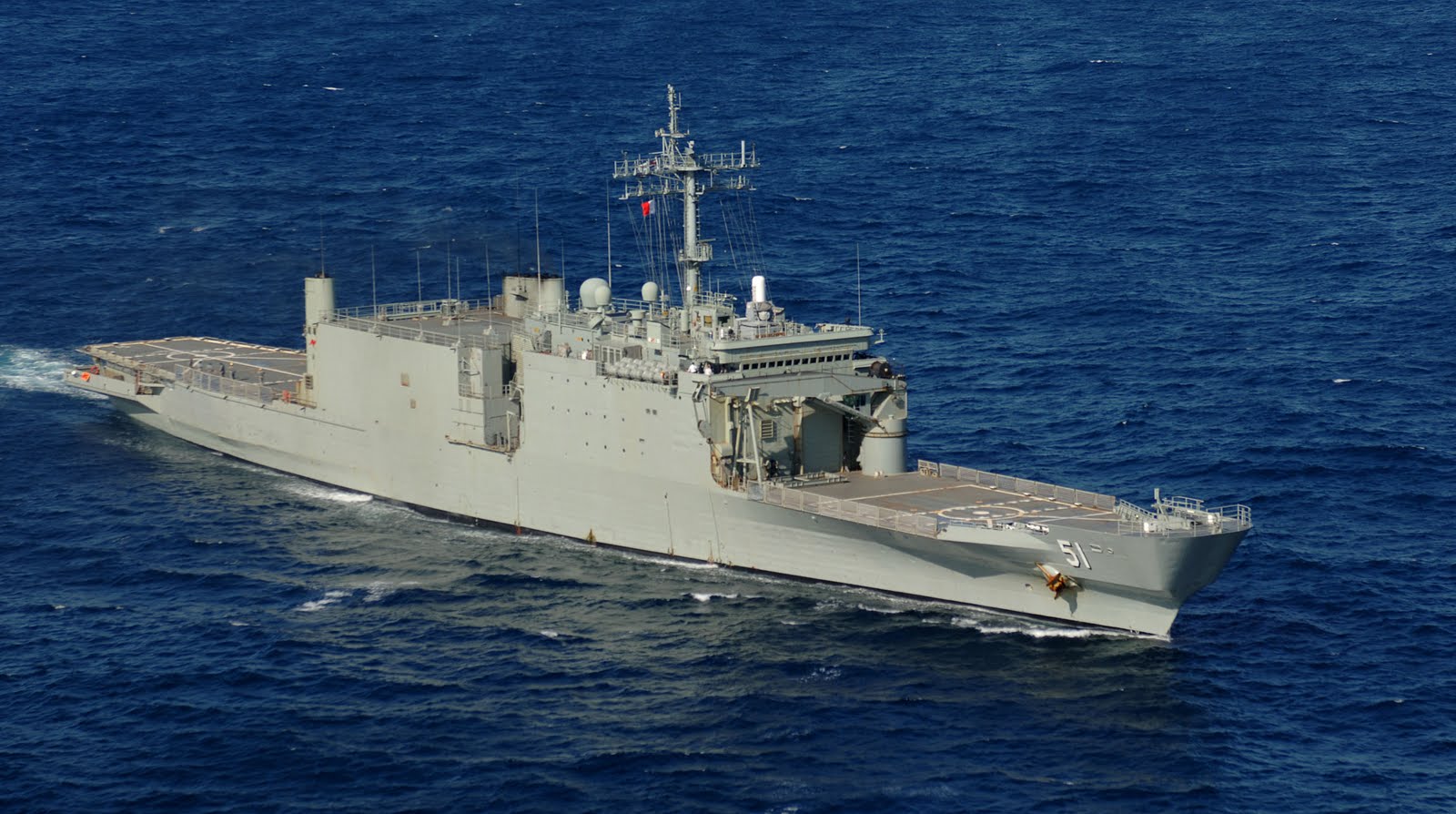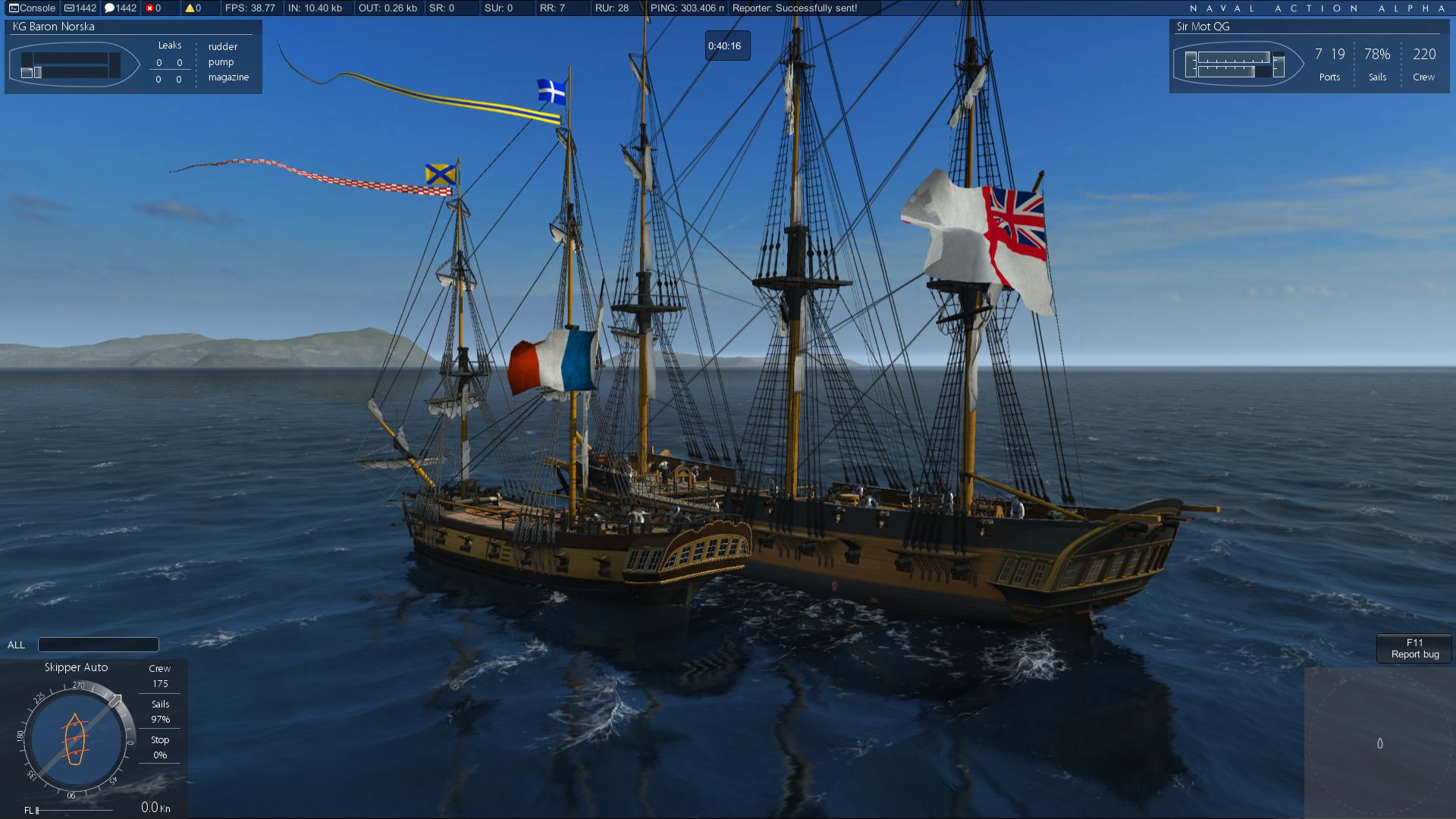

Mark Leon Goldberg And using all this data as inputs. But it was important to us that the combat results be first objective, that it’s not reliant on a bunch of people in the back room using their judgment and that it be transparent so that someone disagreed they could see where we disagreed and we could have a conversation about that. Those results are captured in some computer programs, Excel programs where the calculations are complicated and also in some tables. So that given if you want to fire a missile at a Chinese ship you know whether the chances that the missile will actually launch, whether the chances it will actually track with the chances to get shot down, where the chances are it will hit the ship, and then if it hits a ship with chances, it’ll sink the ship. We did a lot of operational analysis, looking at history, looking at weapons testing data to come up with probabilities about the results of various kinds of combat interactions. And it’s important to talk about, well, maybe each one of those pieces first on the force structure, as we looked at all the different countries, the United States and China, of course, but also Japan and Taiwan, to set what we believed their structures were going to be in terms of combat resolution. Mark Leon Goldberg So in creating the wargame, you have various experts basically play different sides of the conflict and you have rules of probability and you know the force structures of each side or have assumptions about the force structures of each side. So we had pretty good sense about what the United States was going to have in 2026. So they published information about forces and plans. The other reason was that at that time we developed the war game, it was the end of the Pentagon’s planning period. A lot of people call this the Davidson window, this sort of 25, 26, 27, 28 period. Admiral Davidson was one of the first to highlight this time period. The first is that this is the time that many officials have highlighted as a period of great danger. Mark Cancian We picked 2026 for two reasons.

Mark Leon Goldberg Why is that? Why 2026? And there are counters that represent the expected force structure of the various countries in the year 2026. And then there’s a ground map of Taiwan where the ground forces maneuver. There are two operational maps where air and naval forces maneuver. It’s a physical war game in that there are several maps. Mark Cancian We developed a war game of a U.S.

Mark Leon Goldberg Before we get into the substance of the findings of the war games, can you briefly explain how it worked and was designed so that later in the conversation listeners have a better sense of upon what you’re basing your assumptions? To get episode transcripts and receive occasional updates, sign up for our mailing list To access this episode on your favorite podcast player, go here. We discuss the probable outcomes and scenarios in detail in this episode of the podcast. I’ll cut to the chase: After 24 iterations, the most probable outcome was the defeat of a Chinese invasion of Taiwan, but at a staggeringly high cost to Taiwan and the United States. Joining me on the podcast this week is the person who lead that War Game, Retired Marine Colonel and CSIS senior advisor Mark Cancian.

What happens next was the subject of a comprehensive non-classified War Game simulation convened by the Center for Strategic and International Studies. JQuery('.search-field').The year is 2026, and China has just launched an invasion of Taiwan. We rely on your support for our independence, diversity and quality. Why Is the Pakistani Economy Imploding Now Kashmir: 200 Years of Blood in “Paradise on Earth” įO° Exclusive: Water Is Becoming Dangerously Scarce


 0 kommentar(er)
0 kommentar(er)
